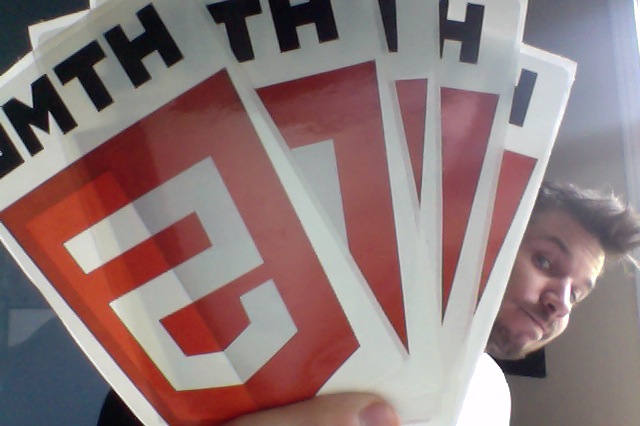I’ve got a set of five large HTML5 stickers. They’d look awesome on the back of your laptop, the back of your car, or maybe on the face of your ugliest friend:

Here’s the deal:
Software Engineering in WordPress, PHP, and Backend Development
A summary of useful links, applications, and tools that I find around the Internet.
I’ve got a set of five large HTML5 stickers. They’d look awesome on the back of your laptop, the back of your car, or maybe on the face of your ugliest friend:

Here’s the deal:
I’ve done my fair share of work with WP_Query this week – it’s definitely been an exercise in education, but when an employee of Automattic comments and offers advice, it’s worth listening
But I wanted to keep the conversation going for the benefit of other developers.
As such, I wanted to reblog this talk by lead WordPress developer and Audrey Capital technologist Andrew Nacin in which he discusses the various topics surrounding WordPress queries, hooks, and so on in order guide others in understanding WP_Query.
If you’re in the business of writing plugins for WordPress or are involved at all with the GitHub community, then you’re more than familiar with markdown.
Personally, I’ve tried a number of different markdown editors but have yet to be really satisfied with any of them. For the longest time, I used iA Writer and I still think it’s a terrific application, but I think it’s geared more towards writers and note takers. It doesn’t suite my particular needs.
The majority of the notes that I take are usually in some form of documentation – either it’s related to team meetings, documentation for work I share on GitHub, or README files for themes, plugins, or similar projects.
And as far as those situations are concerned, Mou For Mac is hands down the best markdown editor I’ve used.
When working with WordPress, one of the most important things that a developer can learn is the WordPress Page Lifecycle.
Understanding this single topic will make it exceptionally easy to know when to properly include your various hooks and filters so that they don’t interfere with the rest of the application and so that speed or other data isn’t compromised in the process.
If you’ve built web applications using other frameworks, then you’re likely familiar with the typical page request lifecycle, though there are nuances that exist between each platform.
WordPress’ unique action and filter model, although powerful, may end up confusing some people coming from other backgrounds. Of course, the WordPress Codex provides a terrific article on the topic, but if you’re more of a visual learner it may not be of much help.
In that case, check our Rarst’s diagram – it’s an excellent breakdown of the core application’s life cycle along with a high-level overview of the page lifecycle.
The Internet has made the world flatter but that doesn’t mean it’s made it any easier to miss out on events that you’d like to attend, right?
Last weekend, WordCamp San Francisco – arguably the WordCamp to attend – was happening and those who are involved in WordPress in some capacity were tweeting all about the awesome things happening.
Jealousy!
In all seriousness, it was evident from the various tweets and blog posts that it was a killer time for everyone, but here’s something cool for those of us who weren’t able to attend: 23 pages of notes taken from the various sessions held throughout the weekend.
© 2025 Tom McFarlin
Theme by Anders Noren — Up ↑